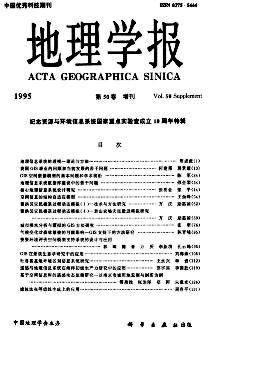Xu Juongxin, Shi Changxing
The floodplain geoecosystem can be defined as a system composed of factors such as floodplain morphology,alluvial materials,soils, groundwater and vegetation. A strong coupling relation between the floodplain geoecosystem and the channel system is established by the matter and energy fluxes through their interface.After the construction of the Hongshan Reservoir,a dramatic change of the upstream-reservoir floodplain geoecosystem has taken place.Before and after the reservoir construction,the succession of the floodplain geoecosystem can be generalized as 3 stages, namely,the semi-desert geoecosystem,the marsh and swamp geoecosystem,and the agricultural ecosystem.After the upstream-reservoir floodplain geoecosystem turned from a semi-desert to a marsh and swamp,the dynamics of matter exchange between the floodplain and the channel has been changed significantly,leading to a strong reform of the composition of floodplain material.Before the growth of aquatic and marsh weeds,the clay content in the bed material was very low, ranging from 5%to 7.5%.After dense weeds appeared, the water flow velocity declined greatly,a factor favourable to the fine sediment deposition. So the clay content of the bed material increased rapidly up to 45%on average.Adjusting itself to accommodate the reworked channel boundary conditions, the channel reforms its bed morphology and tends to re-establish the balance among the material, process and morphology. Consequently, the pre-dam wandering braided channel pattern has been gradually transformed to a meandering one. With the narrowing of the channel due to the strong sedimentation induced by aquatic and marsh weeds growth, the width-depth ratio tends to be much smaller,associated by a lower and lower degree of braiding. Finally the channel becomes a singethread one. In the meantime, the channel sinuosity increases continuously, from 1.06 in 1961to 1.27 1n 1985, and the channel is turning to a meandering one.
